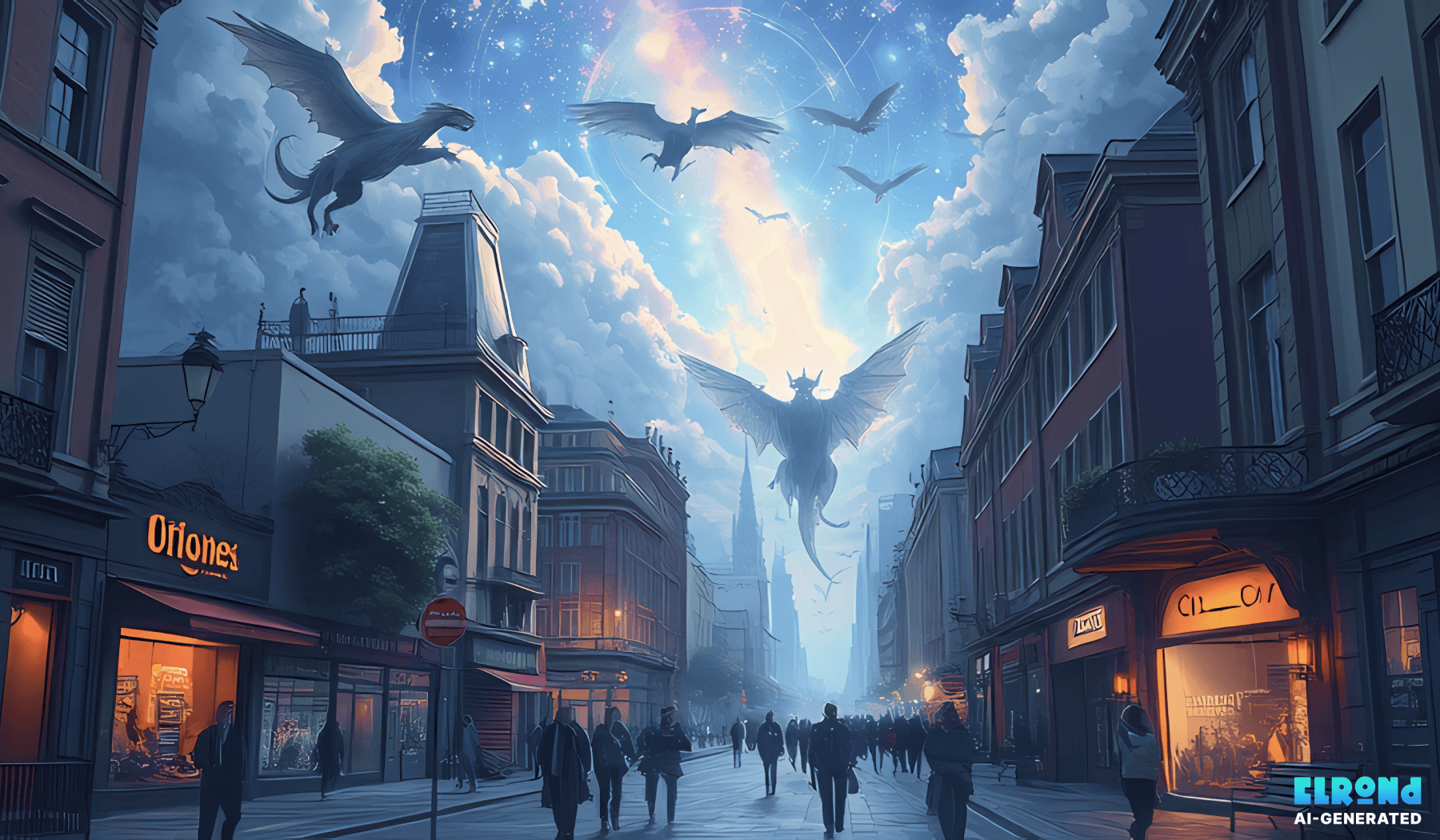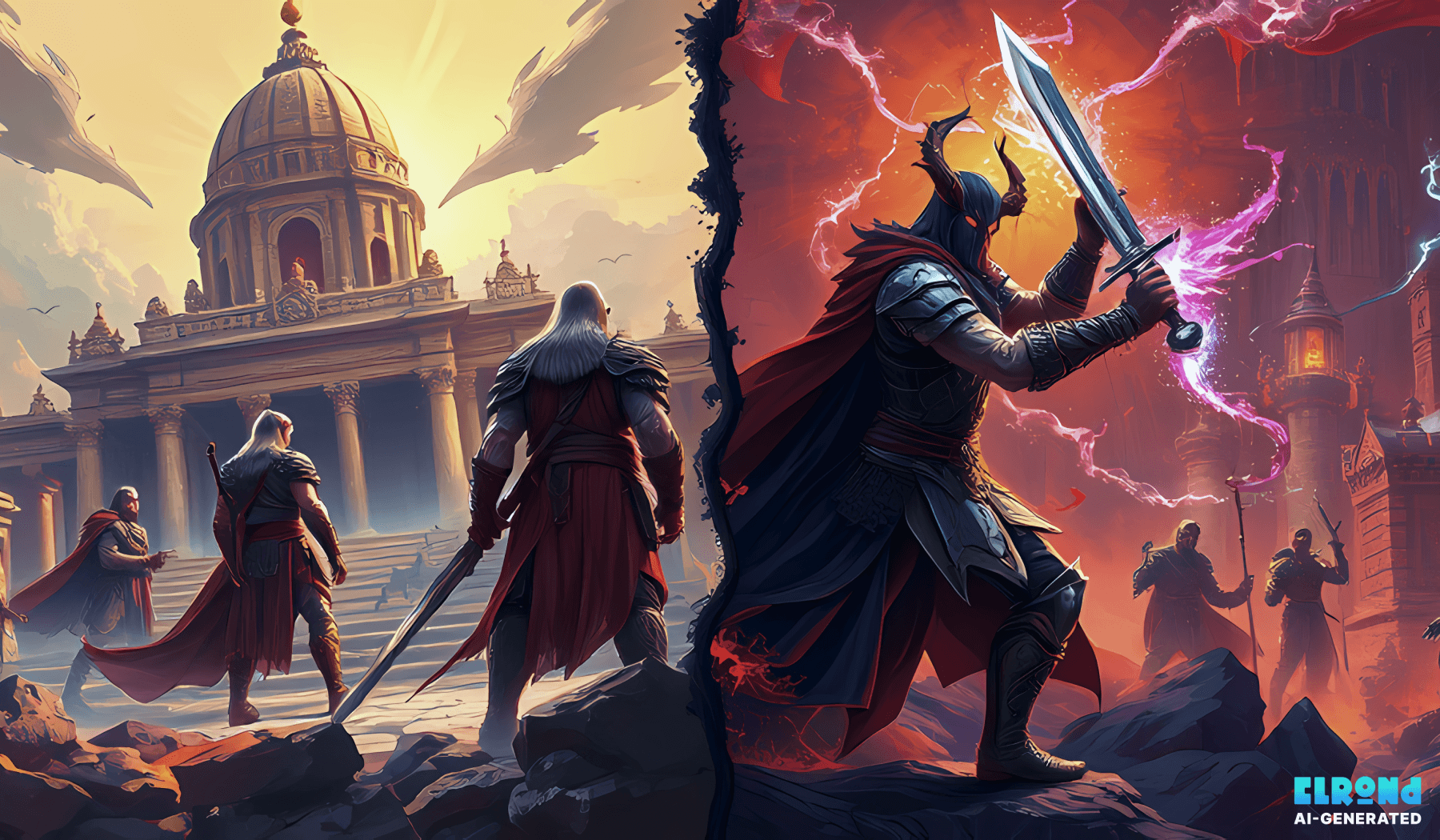Discover how magic realism bridges the gap between fantastical worlds and grounded realities.
Blurring Boundaries: What Sets Magic Realism Apart?
Magic realism and fantasy both weave the extraordinary into narratives, but their approach differs significantly. While fantasy often creates entirely new worlds governed by unique rules, magic realism integrates the fantastic into the familiar, presenting it as a natural part of reality.
“In magic realism, the extraordinary is ordinary; in fantasy, the ordinary becomes extraordinary.”
This delicate balance allows magic realism to explore themes of culture, identity, and belief through a fantastical lens without straying from the recognizable.
Common Ground: Where Magic Realism Meets Fantasy
Despite their differences, magic realism and fantasy share certain commonalities that make their intersection so compelling:
Focus on the Imagination: Both genres invite readers to see beyond the limits of the mundane.
Thematic Depth: They tackle universal themes like love, loss, and the human condition through creative storytelling.
Rich Symbolism: Whether it’s a mythical creature or a surreal event, both genres use fantastical elements as metaphors for real-world issues.
How Magic Realism Shapes Fantasy Worlds
Magic realism has left its mark on many modern fantasy works. Writers often blend the genre’s subtle approach to magic with more traditional fantasy elements, creating layered, thought-provoking stories.
For example:
Neil Gaiman’s Stardust: Combines a fairy tale-like fantasy world with elements of subtle, everyday wonder.
Isabel Allende’s The House of the Spirits: While not fantasy in the traditional sense, its multi-generational magical elements have inspired fantasy authors to experiment with family-driven narratives.
Haruki Murakami’s Works: Infused with surreal moments that feel like magic realism, these stories blur into fantastical territory without breaking their grounded tone.
Fantasy Grounded in Reality
Magic realism also reminds fantasy authors that grounding fantastical worlds in relatable experiences can create a deeper emotional connection.
A hero mourning a lost loved one becomes more compelling when framed within a magically realistic narrative.
A magical forest feels more alive when the characters treat it as both ordinary and extraordinary.
The Future of the Intersection
The blending of magic realism and fantasy is growing, with new authors experimenting with hybrid genres. The result is a fresh wave of storytelling that speaks to diverse audiences while redefining the boundaries of the fantastical.
As readers, we are drawn to stories that challenge our perceptions. Whether through the quiet magic of Gabriel García Márquez or the sprawling epics of Patrick Rothfuss, the union of magic realism and fantasy offers a world where the impossible feels profoundly real.


